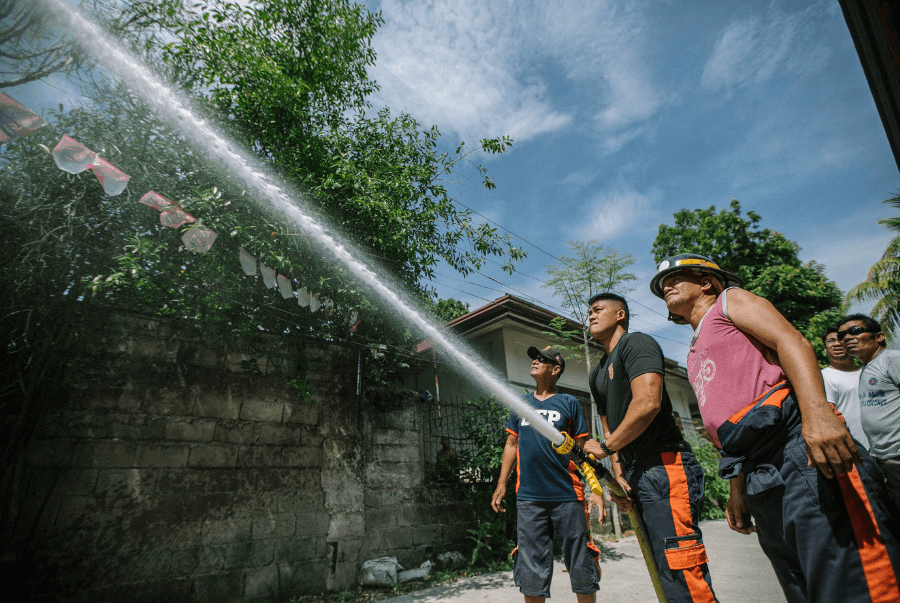
• 27 / 02 / 2019
Introduction: Getting student housing is a crucial part of attending university in Ireland. For the sake of students' wellbeing, fire safety must come before all else in living quarters. In addition to highlighting the mutual responsibility of tenants and students, this blog explores the fundamental rules and regulations designed to promote a safe living environment for students.
1. Assessment of Occupant Capacity:
Technical Guidance Document B (Fire Safety): All rooms (except bedrooms and dorms) should follow the occupant capacity recommendations in Table 1.1 of the document. This guarantees that shared spaces are used in a safe manner.
2. Thoughts on Design:
Guidelines for Fire Safety: The design of dorms for students should follow the established guidelines for fire safety in hostels and apartments from 1994. These rules offer a thorough foundation for designing living areas that are fire-safe.
3. Equipment for Fire Safety:
Fire Blanket Requirement: At the very least, every rental property needs to have a fire blanket. To improve readiness for future emergencies, portable fire extinguishers ought to be installed in common areas.
4. Education and Awareness of Students:
Critical Importance of Fire Safety: Students are encouraged to become knowledgeable about fire safety procedures in light of the importance of fire safety. This information becomes an essential part of their time at university or college and fosters a readiness culture.
5. Rules for Minimum Standards:
Property Condition Requirements: According to minimum standards regulations, student housing must be structurally sound, free of moisture, and meet requirements for the availability of hot and cold water. For the wellbeing of its occupants, rooms must also have access to natural light and ventilation.
6. Access and Security Measures:
Ulster University entrance procedures: Students are recommended to enter through the designated doors; other doors are only to be used in an emergency. Preserving authority over building entry is essential to guaranteeing safety within the lodging.
Conclusion:
Both students and landlords are accountable for making sure that student housing is fire safe. Important actions include following occupancy assessments, adding design considerations, and installing fire safety equipment. Fostering an awareness culture among students and making fire safety education a pillar of their university education are equally important. Together, tenants and students can help create a safe and prosperous living environment for everybody by adhering to these rules. Remain alert and safe!
Sign up at UNIPREP, your one-stop platform for global opportunities in education, business, career & life abroad.
Cookies help us evaluate website traffic and improve user experience.Your information will be aggregated with the data of all other users after you agree to our usage of cookies.
UNIABROAD LTD.
Suite 524, Citibase, The Atrium, 1 Harefield Rd, Uxbridge UB8 1EX, United Kingdom
UNIABROAD Technology Ltd.
165/1,Opp Brahmasthana Kalyana Mantapa, Sahukar Chenniah Road, TK Layout, Mysuru, Karnataka
Privacy Policy | Terms & Conditions | Disclaimer | Refund Policy

Privacy Policy | Terms & Conditions | Disclaimer | Refund Policy
2023 © All rights reserved by UNIABROAD LTD.